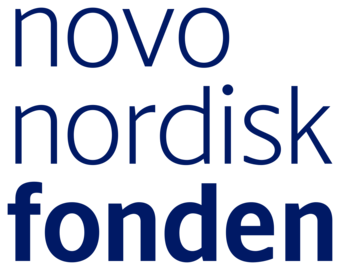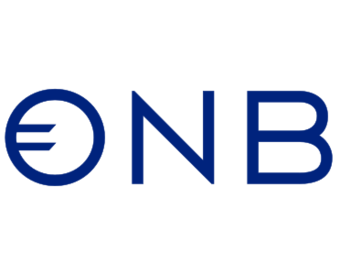
Division of Neuroimmunology (Center for Brain Research)
Position: Professor
Location: Spitalgasse 4
Phone: +43 (0)1 40160-34213
E-Mail: hans.lassmann@meduniwien.ac.at
Research Area
Multiple Sclerosis
Research Interests
Neuroimmunology, Pathology
Interest Group(s)
Grant(s)
- Angeborene Immunität und Entstehung initialer MS-Läsionen (Head)
- BIG WIG-MS (Bildgebung, Immunpathogenese, Gesundheitsfaktoren bei Multipler Sklerose) (Head)
- Cell Communication in Health and Diseaes - Subproject: Immunopathogenic mechanisms of lesion formation in multiple sclerosis (Head)
- Cortical lesions in Multiple Sclerosis: a correlate of disease progression? (Head)
- Establishment and use of an European database and biological bank for research and treatment in acute neuromyelitis optica and related disorders (Head)
- Initial Training Network for Neurological Disorders orchestrated by cytokines (NeuroKine) (Head)
- Mechanisms of Brain Inflammation (Head)
- Mechanisms of Lymphocytes Transmigration Across the Blood Brain Barrier (MELTRA-BBB) (Head)
- Microglia Activation and Neurodegeneration in Multiple Sclerosis (Head)
- Neurodegeneration in Multiple Sclerosis: The role of oxidative damage (Head)
- Neuroprotective strategies for Multiple Sclerosis (Head)
Abstract
Hans Lassmann is mainly interested in research on the pathogenesis of inflammatory diseases of the central nervous system with special focus on multiple sclerosis. His work includes studies on the molecular pathology and immunopathology of human inflammatory brain diseases and of experimental models of CNS autoimmunity. Current projects mainly focus on pathogenetic mechanims responsible for demyelination and neurodegeneration in the progressive stage of MS. He has received many research awards, including the Charcot Award (2005), the SOBEK Foundation Award (2000) and the K.J. Zülch Award (2010).
Techniques
In our laboratory we mainly use techniques related to immunopathology and molecular pathology of the nervous system in humans and experimental models. This include conventional histological and immunocytochemical techniques, confocal laser microscopy and electron microscopy. The spectrum is supplemented by immunological techniques such as determination of specific (auto)antibodies and T-cell immunology. We have also adapted microarray techniques for analysis of gene expression in archival pathological material of the nervous syste,
Selected publications
- Mahad DH, Trapp BD, Lassmann H (2015) Pathological mechanisms in progressive multiple sclerosis Lancet Neurology, 14: 183–93
- Fischer MT, Wimmer I, Höftberger R, Gerlach S, Haider L, Zrzavy T, Hametner S, Mahad D, Binder CJ, Krumbholz M, Bauer J, Bradl M, Lassmann H. (2013) Disease-specific molecular events in cortical multiple sclerosis lesions Brain, 136(Pt 6): 1799-1815
| Weblink | - Hametner S, Wimmer I, Haider L, Pfeifenbring S, Brück W, Lassmann H. (2013) Iron and Neurodegeneration in the Multiple Sclerosis Brain Ann Neurol, 74: 848–861
- Fischer MT, Sharma R, Lim J, Haider L, Frischer J, Drexhage J, Mahad D, Bradl M, van Horssen J, Lassmann H (2012) NADPH Oxidase Expression in Active Multiple Sclerosis Lesions in Relation to Oxidative Tissue Damage and Mitochondrial Injury Brain, 135: 886-899
| Article (PDF) | - Lassmann H, van Horssen J, Mahad D (2012) Progressive multiple sclerosis: pathology and pathogenesis Nat Rev Neurol, 8(11): 647-656





